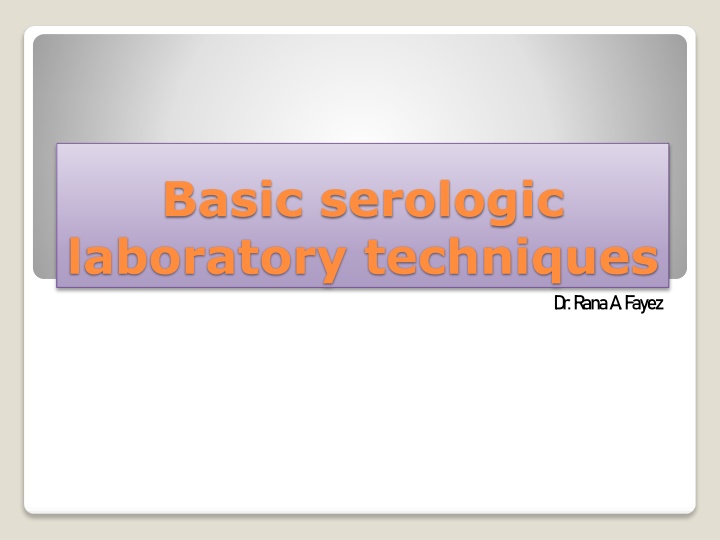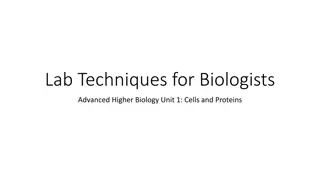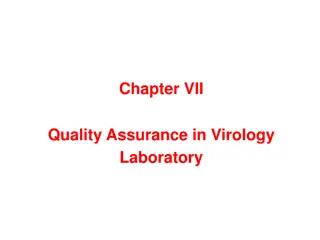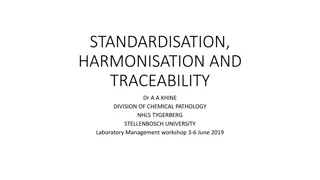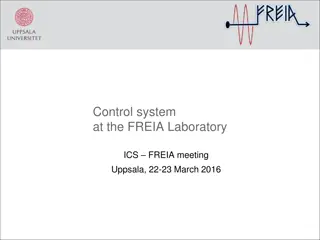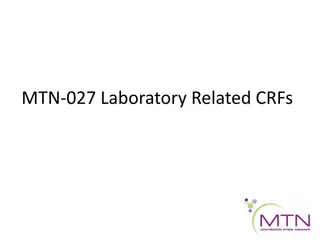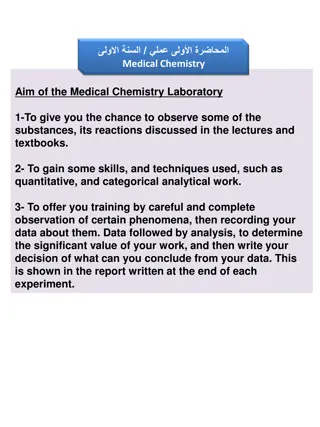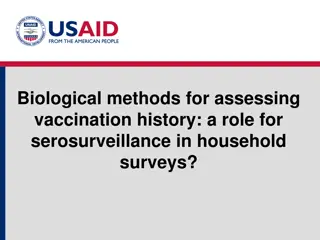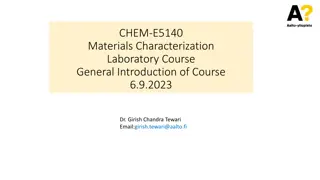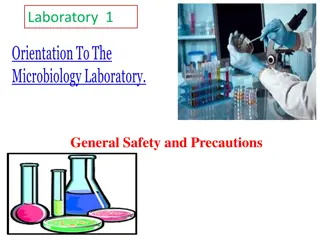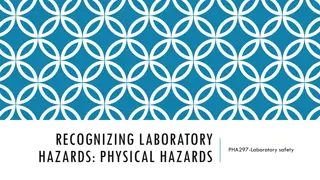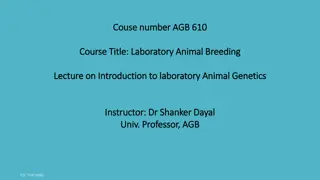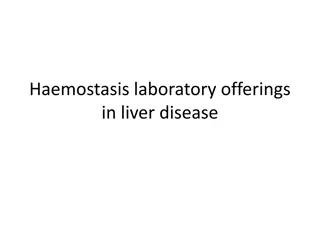Serologic Laboratory Techniques Overview
Serology is a branch of immunology focusing on antigen-antibody interactions in vitro through serological tests. It plays a crucial role in lab diagnosis of infectious diseases by isolating and identifying causative agents. Serological reactions categorize tests based on the interaction outcomes between antigens and antibodies. Validity terms like specificity and sensitivity are essential in interpreting test results. Understanding concepts like quantitative and qualitative tests, as well as terms like seroconversion and seroreversion, are key in serologic diagnostics
Download Presentation

Please find below an Image/Link to download the presentation.
The content on the website is provided AS IS for your information and personal use only. It may not be sold, licensed, or shared on other websites without obtaining consent from the author.If you encounter any issues during the download, it is possible that the publisher has removed the file from their server.
You are allowed to download the files provided on this website for personal or commercial use, subject to the condition that they are used lawfully. All files are the property of their respective owners.
The content on the website is provided AS IS for your information and personal use only. It may not be sold, licensed, or shared on other websites without obtaining consent from the author.
E N D
Presentation Transcript
Basic serologic laboratory techniques D r. R ana A . Fayez
What is serology Is a branch of immunology dealing with study of Ag Ab interactions in Vitro by different serological tests. Serological Tests: types of tests where serum is used to measure the amount of antibodies present in it Ag/Ab Importance of Lab diagnosis: 1- Save patient s life 2- Prevent spread of disease 3- Treatment therapy 4- Confirm clinical diagnosis
Lab diagnosis of infectious diseases 1. Isolation and identification of causative agent by: a. Morphological tests (microscopy) b. Biochemical reactions c. Cultural identification d. Serological reactions e. Biotechnology: PCR-DNA probe- DNA finger printing 2. Detection of specific Ab in sera of infected patients using serological techniques .
Serological Reactions Primary 1 : It measures the direct interaction between Ag and Ab in Vitro( test tube). Example: Elisa tests. Secondary 2 : It measures the consequences of interaction between Ag and Ab in Vitro. Example: Agglutination, Precipitation, Neutralization tests. Tertiary 3 : It measures Ag and Ab interactions in Vivo ( in body)
Terms Validity : A serological test should provide an indication of which individuals actually have the disease and which do not. Specificity: ability of a test to identify correctly those who do not have the disease.( have least cross reactivity) Sensitivity: Ability of a test to identify correctly those who have the disease( can detect small amounts)
Quantitative test: It measures the amount of Ag or Ab. Qualitative test : It detects the presence or absence of Ag or Ab.
Terms Seroconversion: is development of detectable specific Ab to microorganisms in serum as a result of infection or immunization Sero reversion : is the opposite of seroconversion . This is when the test can no longer detect Ab or Ag in patient's serum
Serum Separation What is serum ? Serum :Blood- cells and clotting factors Plasma : blood cells Separation: Use plain tube ( no anticoagulant) Leave blood for 1 hour at room temp. Separate the clot Centrifuge at 3000rpm for 10 min. Serum cells
Thank you Thank you
